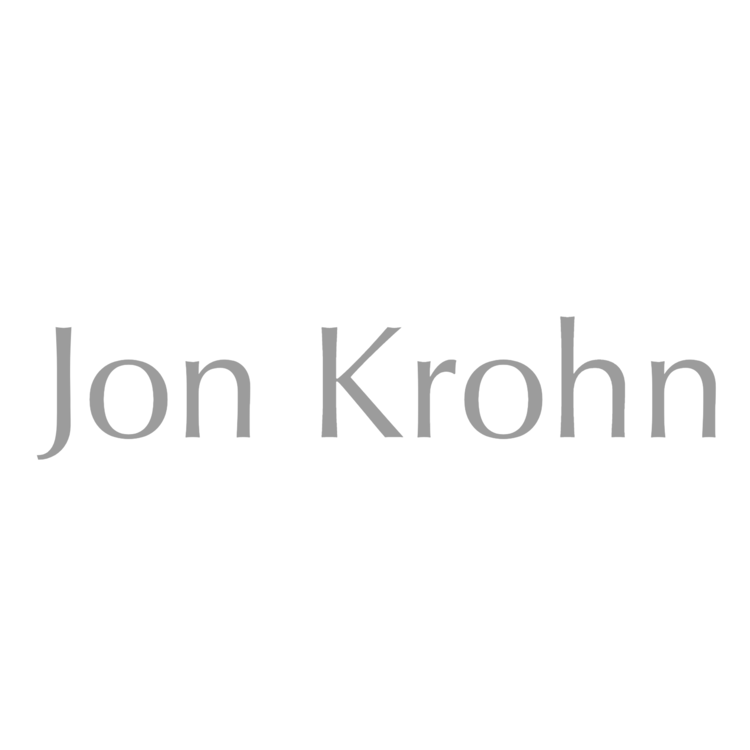Back in Episode #482, I provided a detailed introduction to continuous calendars — a calendar format that I personally find vastly superior to the standard weekly or monthly calendars. With today’s episode, we’re updating the calendar for the new year — for 2025.
We release 104 episodes a year and need to manage recording and releasing all of these episodes alongside all of the other professional and personal obligations we have going on. In order to do that efficiently, we love the continuous calendar format. I know I’m not the only one who loves them because my annual blog post providing an updated continuous calendar for the new year is reliably one of my most popular blog posts.
Episode #482 provides a detailed explanation, but the general concept is that continuous calendars both enable you to:
Overview large blocks of time at a glance (I can easily fit six months on a standard piece of paper) and
Get a more realistic representation of how much time there is between two given dates because the dates don’t get separated by arbitrary 7-day or 30-day cutoffs.
The way they work so effectively is that continuous calendars are a big matrix where every row corresponds to a week and every column corresponds to a day of the week.
So if you’d like to get started today with your own super efficient continuous calendar in 2025, simply head to jonkrohn.com/cal25.
At that URL, you’ll find a Google Sheet with the full 52 weeks of the year, which will probably suit most people’s needs. If you print it on standard US 8.5” x 11” paper, it should get split exactly so that the first half of the year is on page one and the second half of the year is on page two.
The calendar is super simple: It’s all black except that we’ve marked US Federal Holidays with red dates. If you’re in another region, or you’d like to adapt our continuous calendar for any reason at all, simply make a copy of the sheet or download it, and then customize it to your liking.
On a related note to new calendars for the new year, at this time of year, many folks are reassessing their goals and habits. In my experience (and a lot of research supports this), I wouldn’t recommend trying to make dramatic changes. Instead, try to make extremely small behavioral changes in the direction of your goal — changes so small that they are trivially easy to execute upon on a daily basis. My friend James Clear wrote a book (that there’s a good chance you’ve already heard of because it's the most popular non-fiction book of the past five years) called Atomic Habits that details this incremental approach. It’s a terrifically content-dense book; I highly recommend it.
In addition, as a tech-forward person like you no doubt are given that you listen to this podcast, I further recommend leveraging the paid tiers (yes, they’re worth every penny) of either Anthropic’s Claude, Google’s Gemini 2.0 or OpenAI’s ChatGPT to interactively brainstorm on strategies for sustainable, long-term fulfillment, professional success or whatever it is you’re looking to accomplish in 2025. These tools have become invaluable for me for bringing this kind of open-ended brainstorming toward specific action items.
For me personally in 2025, my big goal is to cut down what I try to tackle to only the highest priorities. I've spent my entire professional life being stretched in all directions, which means that, no matter how hard I work, I'm paradoxically holding myself back on the priorities that matter most to me. The good news for you listeners is that, in 2025, the SuperDataScience Podcast will be a bigger priority for me than ever before. I can’t wait to share 104 more fun, informative episodes with you in the coming year. I’m certain it will be our best year yet, with the highest velocity of A.I. breakthroughs ever to cover, the best guests we’ve ever had and the highest production quality we’ve ever had.
The SuperDataScience podcast is available on all major podcasting platforms, YouTube, and at SuperDataScience.com.
